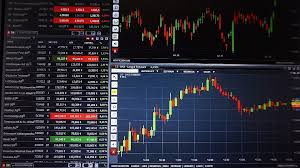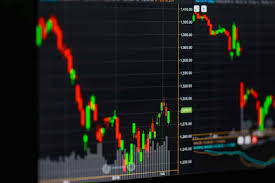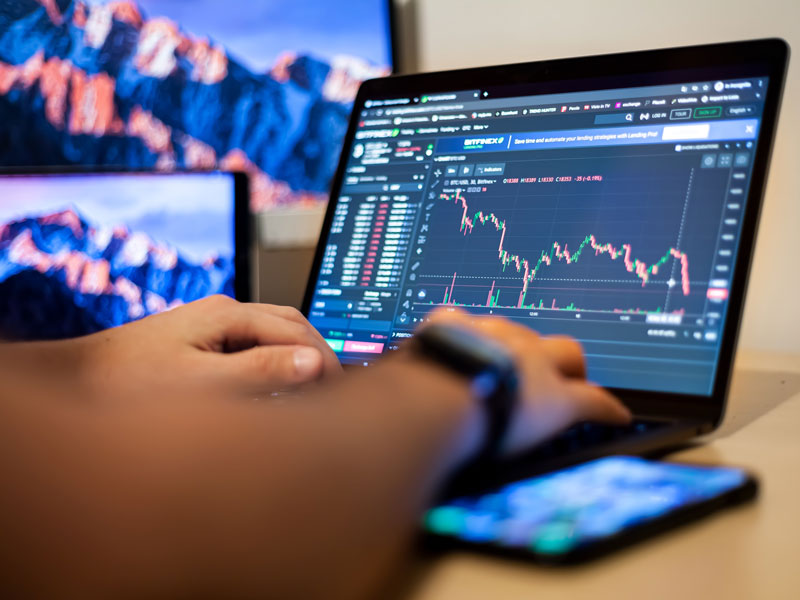
Understanding Pips in Forex Trading: A Comprehensive Guide
Pips are one of the fundamental concepts in Forex trading. To navigate the world of currency exchange successfully, it’s crucial to understand what a pip is and how it impacts your trading strategies. Whether you are a novice or an experienced trader, a solid grasp of pips will enhance your ability to analyze market movements. In this comprehensive guide, we will delve deep into the meaning of pips, their calculation, and their role in managing risk in Forex trading. Additionally, find the forex trading pip Best Crypto Apps that can assist you in diversifying your trading portfolio.
What is a Pip?
A pip, short for “percentage in point,” is a unit of measurement that represents the smallest price move that a given exchange rate can make based on market convention. In most currency pairs, a pip is typically equal to a movement of 0.0001. This means that if the EUR/USD currency pair moves from 1.1200 to 1.1201, it has moved one pip. However, in currency pairs involving the Japanese yen (JPY), a pip is represented by a movement of 0.01. For example, if the USD/JPY pair moves from 110.00 to 110.01, it has also moved one pip.
Why are Pips Important?
Pips play a crucial role in Forex trading for several reasons:
- Measurement of Profit and Loss: Pips are essential for calculating your profit or loss in a trade. Understanding pip movement allows traders to assess how much they stand to gain or lose on a currency pair.
- Risk Management: By understanding pips, traders can set their stop-loss and take-profit levels more effectively. This minimizes potential losses while maximizing profits.
- Consistency in Trading: Using pips as a consistency measure allows traders to compare trade performance over time and across different pairs.
- Trading Costs: Many brokers quote spreads in pips. Understanding how pips impact trades helps traders calculate the true cost of entering and exiting a position.
Calculating Pips in Forex Trading
The process of calculating pips in Forex trading varies depending on the currency pair being analyzed. Here’s a straightforward way to calculate pips for the most commonly traded pairs:

Standard Currency Pairs
For most currency pairs that do not involve Japanese yen, the formula for calculating pip value is:
Pip Value = (One Pip / Exchange Rate) * Trade Size
For example, if you are trading 10,000 units of EUR/USD with an exchange rate of 1.1200, the pip value would be calculated as follows:
Pip Value = (0.0001 / 1.1200) * 10,000 = $0.8929
Japanese Yen Currency Pairs
For currency pairs involving the Japanese yen, the calculation is slightly different due to the different pip value:
Pip Value = (One Pip / Exchange Rate) * Trade Size
For example, if you are trading 10,000 units of USD/JPY at an exchange rate of 110.00, the pip value would be:

Pip Value = (0.01 / 110.00) * 10,000 = $0.9091
Pips and Leverage
Leverage is a double-edged sword in Forex trading, allowing traders to control larger positions than their initial investment. However, with the high potential for profit comes increased risk. Understanding how pips work with leverage is vital. For instance, if a trader uses 100:1 leverage, their $1,000 account can control $100,000 worth of currency. This means that a move of just 10 pips could result in a gain or loss of $100, significantly impacting the trader’s equity.
Risk management strategies must include considerations of pip value, especially when using high levels of leverage. Failure to do so can lead to substantial losses, even for minor market fluctuations.
Pips in Different Trading Strategies
Traders use pips differently based on their strategies:
- Scalping: Scalpers target small moves, often as little as a few pips, to make profits on multiple trades. Understanding pips is essential for this strategy.
- Day Trading: Day traders monitor movements in pips throughout the day to capitalize on intraday volatility.
- Swing Trading: Swing traders aim to capture price movements over several days. They usually look for larger pip movements compared to day traders.
- Position Trading: Position traders may hold onto positions for weeks or months, often focusing on longer-term moves that could result in hundreds of pips.
Conclusion
In conclusion, understanding pips is crucial for anyone who wants to succeed in Forex trading. They provide a clear and precise way to measure changes in exchange rates and are integral for calculating profits, losses, and trading costs. By mastering the concept of pips, traders can enhance their risk management strategies, improve their trade execution, and ultimately succeed in the dynamic world of currency trading.
As you continue your Forex trading journey, make sure to develop a solid understanding of pips, leverage, and their interaction with different trading strategies. With practice and knowledge, you’ll be better positioned to navigate the Forex market effectively.
